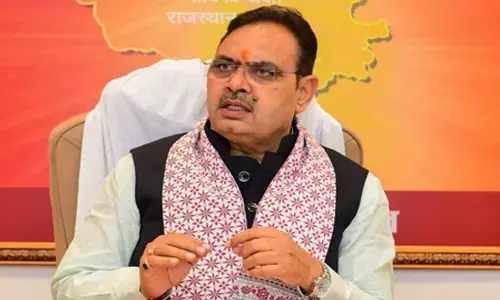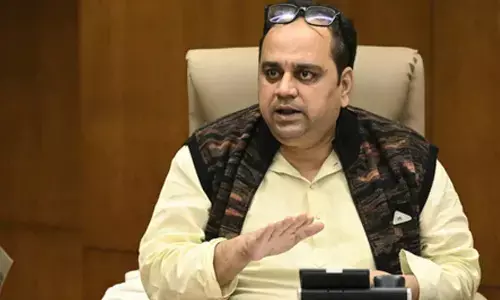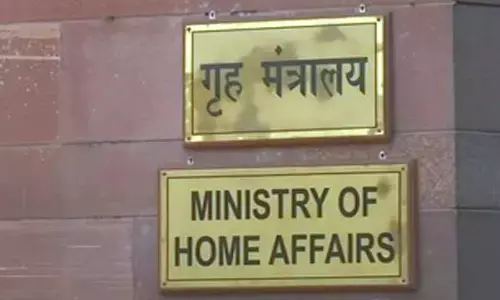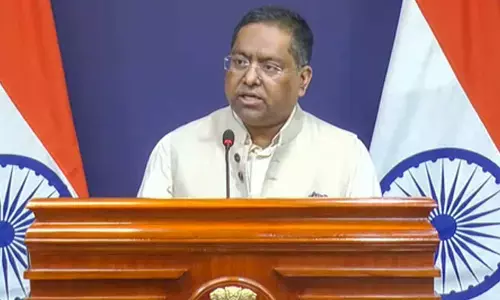RBI's policy normalisation gets a leg-up, say analysts
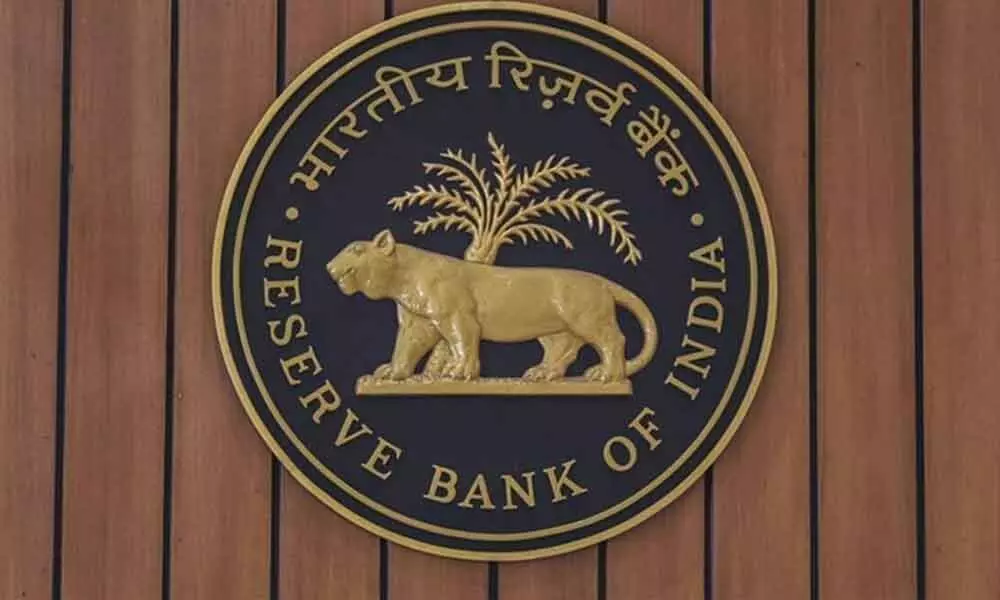
Says despite increase in limits in HTM category, bond yields are likely to go up given the sheer size of the borrowing programme in FY23
Mumbai: Terming the RBI's move to shift focus on inflation management as "clearly hawkish compared to the previous reviews", economists and analysts on Friday said the monetary policy committee has hinted the beginning of the end of the three-year regime of easy money.
RBI Governor Shaktikanta Das, while announcing the policy decision, told reporters that the time is appropriate to shift the focus on to inflation management and move away from growth, citing the impact of the global geopolitical situation. This is clearly a hawkish policy compared to the February meeting of the MPC, justified by the inflationary pressures that have emerged over the past month. The upward inflation forecast revision seems sensible given the broad-based nature of price hikes, Abheek Barua, chief economist at HDFC Bank, said in a note.
Barua fears that despite increase in limits in HTM (Held-To-Maturity) category, bond yields are likely to go up given the sheer size of the borrowing programme in FY23, and he pencilled in that 10-year yields to rise to 7-7.25 per cent in the first half of the fiscal.
Aditi Nayar, chief economist at Icra Ratings, while noting that the yield on 10-year government securities (G-sec) breached 7 per cent soon after the policy announcement, anticipated that the benchmark yield to rise as much as 7.4 per cent in H1. She said the RBI governor also hinted at utilising various tools to manage government borrowings, but offering no comments on the yield curve, which is a public good, in his morning speech, suggest that yields will be allowed to move up gradually.
Sunil Kumar Sinha, principal economist at India Ratings, said the policy has finally brought about the much-expected correction in the LAF (Liquidity Adjustment Facility) corridor, even though with a twist, by introducing the Standing Deposit Facility (SDF) instead of reverse repo, and will function like the Marginal Standing Facility (MSF). This means that at both the ends of the LAF corridor, there will be standing facilities –- one to absorb and the other to inject liquidity- and access to SDF and MSF will be at the discretion of banks, unlike the case of RBI-controlled repo/reverse repo, OMO and CRR, he said.
On SDF, Anil Gupta, vice-president and co-group head at Icra, said the 80 per cent of surplus liquidity being absorbed under VRRR (Variable Rate Reverse Repo) at a rate closer to repo rate of 4 per cent, introduction of SDF at 3.75 per cent will improve the returns on the balance liquidity that was being placed by banks at reverse repo rate of 3.35 per cent.
Woman injured in stabbing attack in Tokyo, suspect at large
Bengal cop booked for murder over mysterious death of woman home guard, SIT to probe case
Staffer recalls horror of 7-kg gold robbery by armed gang in Karnataka’s Hunsur
25-Year-Old Airline Cabin Crew Member Dies At Gurugram Party; Police Begin Investigation








